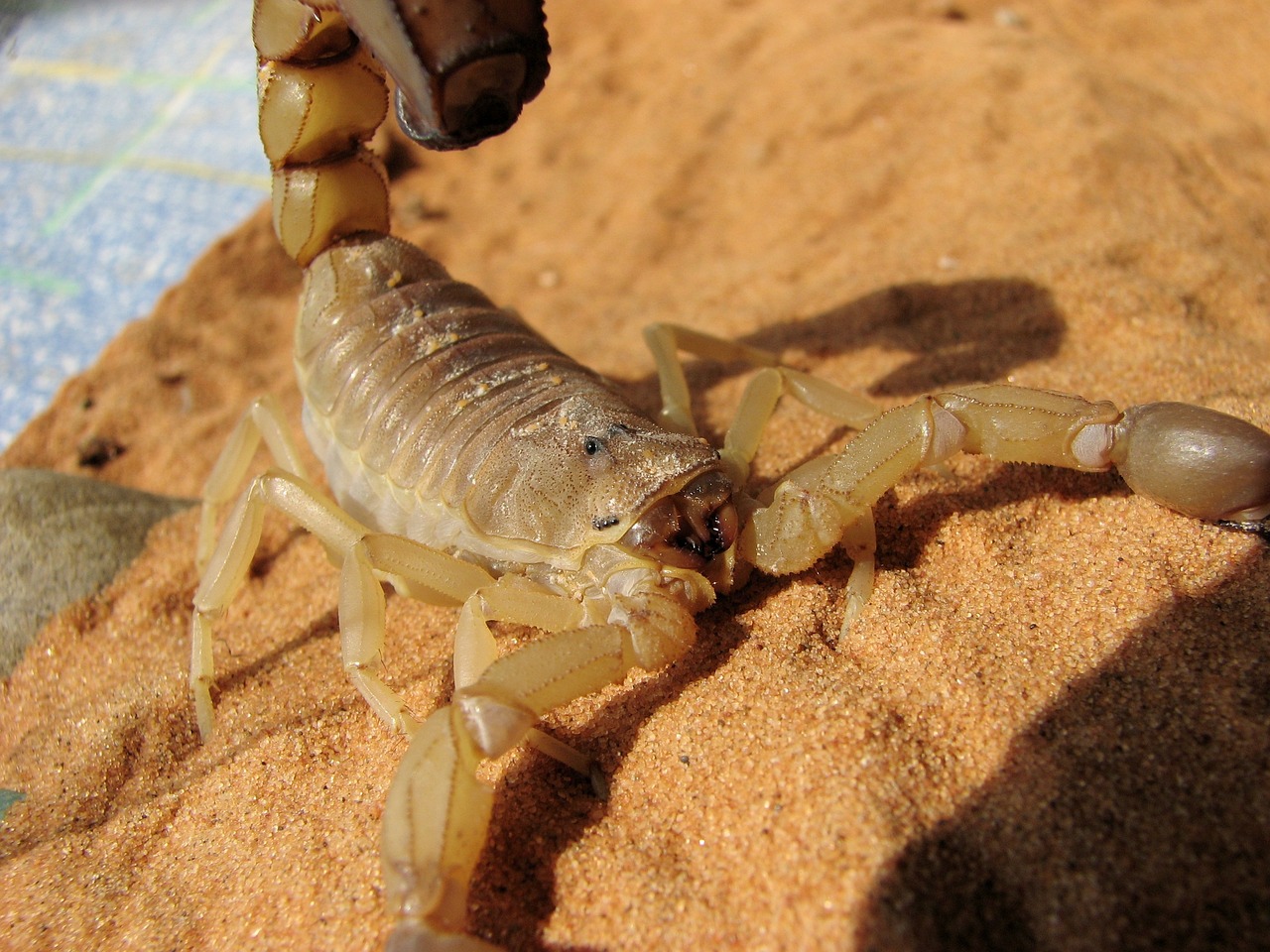Serqet, also known by variations such as Selket, Selqet, and Selkit, was an ancient Egyptian goddess associated with scorpions. While she was predominantly viewed as a protective deity, her character also possessed a more ominous aspect. Serqet was associated with controlling venomous creatures like snakes and scorpions, akin to other deities such as Meretseger and Isis. It was believed that she could offer protection against poisonous bites, but simultaneously, she had the capacity to send these creatures as punishment to individuals who incurred her wrath.
Originating in the Nile Delta, Serqet’s worship expanded beyond her initial regional confines. Cult centers dedicated to her were later established in places like Djeba (Edfu) and Per-Serqet (Pselkis, el Dakka). However, no specific temples dedicated solely to her have been discovered to date.
In some mythological accounts, Serqet plays a critical role in shielding Isis and her infant son Horus as they conceal themselves from Set in the Delta marshes. She is famously linked with seven scorpions who serve as guardians for the pair, and she is sometimes credited with persuading Ra to pause his solar barque to assist when Horus falls victim to a poison from a magical snake dispatched by Set. Thus, she became recognized for providing special protection to children and pregnant women against lethal creatures.
Additionally, Serqet was revered as a protector of Ra as he journeyed through the underworld each night. She vigilantly observed the perilous pathways and was tasked with restraining the serpent Apep, safeguarding the sun god’s vessel from danger. This guardianship extended to all souls traversing the challenging routes of the afterlife.
In the tomb of Nefertari, the spouse of Rameses II, Serqet is depicted welcoming the queen into the afterlife with a proclamation of her divine status, affirming Nefertari’s esteemed position in the heavenly realm akin to Ra himself.
Serqet, akin to the other deities known as the “Eye of Ra,” was sometimes considered either a mother or daughter figure of Ra, manifesting in the intense heat of the sun. She held titles like “Lady of the Beautiful Tent” and “Mistress of the Beautiful House,” the latter of which references the embalming process. Furthermore, she offered protection to Qebehsenuef, one of Horus’ sons, who safeguarded the intestines of the departed.
Symbolically, Serqet is related to the west, a direction associated with death and renewal, yet she also embodies the essence of life. While her enemies could suffer the loss of breath through a venomous bite, she bestowed the breath of life upon the worthy dead in the afterlife. In the revered Book of the Dead, she is linked with the teeth of the deceased, and her longer name (srq.t-Ht.w) translates to “She Who Lets Throats Breathe” or “she who stiffens (paralyzes) the throat,” reflecting her dual nature.
Historical texts suggest she was the progenitor of Nehebkau, the snake god who shielded pharaohs from snakebites. Her close associations with Isis and Nephthys underline her ties to magic and the underworld. In Edfu, Serqet was seen as the partner of Horus and the mother of Horakhty.
Serqet is frequently portrayed as a woman adorned with a scorpion atop her head, and less frequently depicted as a scorpion with a woman’s head. Occasionally, she wore the headdress of Hathor, with its solar disk and cow horns, indicating a connection to Isis. In the art from the Twenty-First Dynasty, she might be shown with a lioness head, complemented by a protective crocodile depicted at her neck. One of her most iconic representations comes from a golden figure, which was discovered in the tomb of Tutankhamun, where she stands sentinel alongside other protective goddesses.



